Fanning the flames of revolution
On the basis of the three Party cells of Ham Ha, Thieu Hoa and Tho Xuan, on July 29, 1930, the conference of delegates of the Party cells elected the Provincial Party Executive Committee with comrade Le The Long as secretary. In addition to the key tasks such as: strengthening the development of Party members on the basis of selecting active youth members for admission; building red Labor Unions and red Peasant Associations; gradually fighting against imperialism and feudalism to keep pace with the revolutionary movement in the country, the immediate organization of a printing agency to print revolutionary documents, serving the propaganda and enlightenment of the masses, and at the same time publishing the Tien Len newspaper received special attention from the Provincial Party Committee.
Like small sparks, each line written in the Party's articles ignited the anger of the People into a big fire. With that historical mission, Tien Len newspaper became "a propaganda tool about Marxism-Leninism and Nguyen Ai Quoc's Thought for Party members and revolutionary masses to operate in the right direction that the Party had outlined".
With a small size and small quantity, Tien Len newspaper, although only published 3 issues, the first issue was printed at the house of comrade Le Van Sy, Yen Truong village (Tho Lap commune), the 2nd and 3rd issues were printed at the house of comrade Le Oanh Kieu, Ham Ha village (Dong Son ward), but it brought patriotism to the people of Thanh Hoa , especially the youth, following the proletarian revolutionary trend.
The historical mission of propagating, guiding, and praising the revolutionary movement of the masses demanding the construction of national language schools and fighting illiteracy for the working people is also called the newspaper Hon Lao Dong (1934), Tia Sang (1936)...
Also during this time, as a result of the people's democracy movement, the Party's public newspapers such as Labor, News, Rice Branches... were widely distributed in Thanh Hoa.
The call to defeat the imperial army
Immediately after the conference of party representatives in Thuan Hau village (now Xuan Lap commune), Tu Do newspaper became the mouthpiece of the Thanh Hoa Provisional Party Committee. Especially after receiving the "Urgent Notice" of the Central Committee of the Indochinese Communist Party and the specific plan of the Central Region Party Committee (at the end of January 1941) on launching the movement to respond to the Bac Son and Nam Ky uprisings, Tu Do newspaper No. 3 promptly published editorials and propaganda articles responding to this policy: "The situation is very urgent, the revolutionary fire has burned in the North and South, what must Thanh Hoa do so that the North, Central and South can rise up together to defeat the imperialist army to save the Fatherland?" This is also the motto of action of the entire Thanh Hoa Party Committee and revolutionary forces.
From the appeals printed in the Tu Do newspaper, in Thuan Hau village alone, the people openly refused to pay taxes, but instead put the collected taxes into the local “national salvation fund” to purchase weapons for the self-defense and guerrillas. At the same time, facing strong opposition from the people, the Provincial Party Committee decided to build the Ngoc Trao guerrilla base (July 1941).
While the revolutionary movement in Thanh Hoa was in a difficult and challenging situation after the enemy's white terror in late 1941, in early 1942, a number of steadfast communist soldiers such as Le Tat Dac, Trinh Ngoc Diet, Hoang Tien Trinh, Hoang Xung Phong... escaped from Buon Ma Thuot prison and Hy Ly concentration camp, and returned to Thanh Hoa one after another to continue their activities.
In July 1942, a secret conference took place at the house of comrade Pham Cu So (Thuong village, Nga Thang commune) to establish a provisional Provincial Party Committee, with comrade Le Tat Dac as Secretary. The conference decided to establish the newspaper Duoi giac nuoc as the Party Committee's mouthpiece, and at the same time issued a policy to establish a number of organizations called "Thanh Hoa ai quoc" to gather the masses to fight against imperialism and feudalism.
The first issue of the newspaper "Chasing the Enemies" was printed and published in August 1942 at the house of comrade Pham Van Lan in Tho Phu village (now Vinh Loc commune). In March 1943, it was moved to Me Tom's house, Hanh Cu village (now Van Loc commune), under the direct management of comrade To Huu.
The revolutionary press in the period of 1939-1945 is also called the press of the peak of the national salvation movement because it clearly reflected the revolutionary spirit in preparation for the General Uprising. This is also the reason why in February 1945, the Thanh Hoa Provincial Party Committee decided to change the newspaper "Chasing the enemy" to "Uprising" newspaper in order to promptly mobilize and direct the masses to prepare conditions for uprising... The newspaper was printed and distributed to all three provinces ( Hoa Binh , Ninh Binh, Thanh Hoa), to the villages and communes, so the mass movement became more and more vibrant. Everywhere, self-defense was organized, military training was intense, ready to wait for the order to revolt" (memoir "Remembering a time", To Huu).
Revolutionary life is so luxurious
Arriving at Tho Phu village, we met Mr. Pham Van Long, son of Mr. Pham Van Lan, who helped comrade To Huu to make the newspaper Duoi Giac Nuoc (issue 1, July 1942; issue 2, August 1942). Mr. Pham Van Long still clearly remembers his father's story: The newspaper Duoi Giac Nuoc had 4 pages, size 25cm x 40cm. Both issues had the entire first page (cover) illustrated. The illustrations were drawn in two types of ink, red and yellow. In it was an image of a farmer carrying a flag, a sword under his arm, standing upright and dignified. On the opposing side, Bao Dai was wearing a robe and a dragonfly-winged hat, rolling on the ground, two French colonialists and Japanese fascists were running, and a Vietnamese traitor was standing with his face exposed.
From the stories told by Mr. Pham Van Long, we understand that the lives of people like Mr. Pham Van Lan and many other comrades were “revolutionary lives that were truly noble”. Noble here means saving the people and the country. Noble because of the belief in the future of the revolution and the cause of national liberation.
This spirit was also written by poet To Huu in his memoir “Remembering a Time” (Writers Association Publishing House, 2000). Not only did he “have to work hard to print on stone, have to hunt for flat and smooth marble surfaces, buy ink and paper in Thanh Hoa town and practice writing in the wrong hand”, but later, when the newspaper “Chasing the Enemies” was moved to Tom’s mother’s house (now in Van Loc commune), comrade To Huu and the printing agency were protected by everyone. “At this time, Mr. So and Mr. Hau (comrade Vu Van So, Vu Duc Hau - Tom’s mother’s son) had begun to awaken to the revolution, and were assigned to take the newspaper to the market to distribute to those with whom they had contacts. Tom’s father and mother were happy to work as “guards” day and night, in front and behind the house”.
Journalism in the period before the August Revolution was really hard and difficult. Tien Len, Hon Lao Dong, Tu Do, Duoi Giac Nuoc, Khoi Nghia... were not only the names of the newspapers but also the great goals of the nation and Thanh Hoa province in each period. Recalling the names of the newspapers that were born before the August Revolution, once again affirms the role of the Party's press throughout the periods. The press was truly a revolutionary proclamation, encouraging the People to stand up and fight, to regain independence and freedom for the nation and for themselves.
CHI ANH
* The article uses book materials: 90 years of Thanh Hoa Provincial Party Committee (1930-2020): Outstanding achievements and imprints, Thanh Hoa Publishing House, 2020.
Source: https://baothanhhoa.vn/ky-niem-95-nam-ngay-thanh-lap-dang-bo-tinh-29-7-1930-29-7-2025-nhung-to-bao-dang-nhung-to-hich-cach-mang-255479.htm


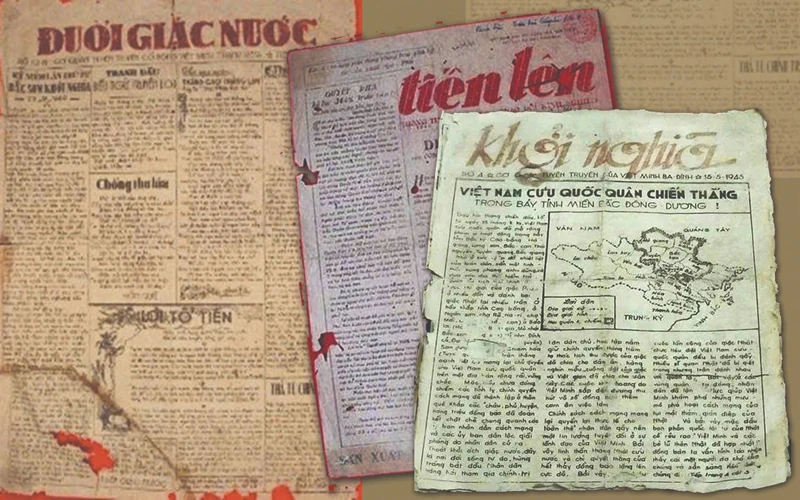
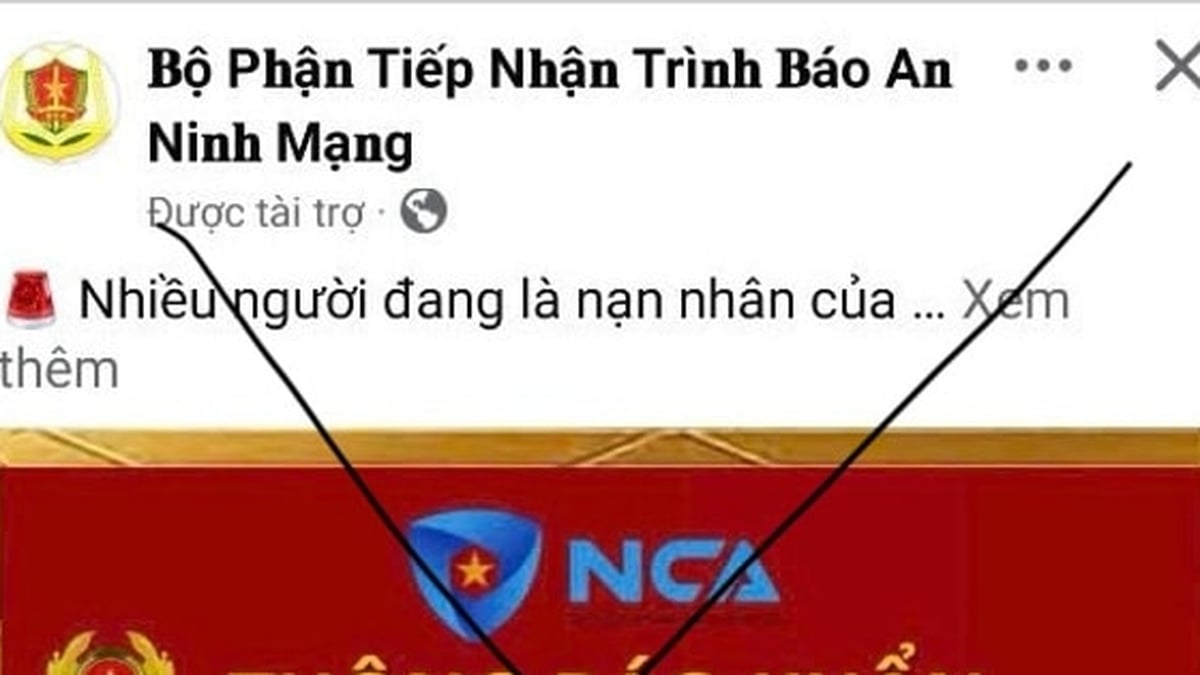
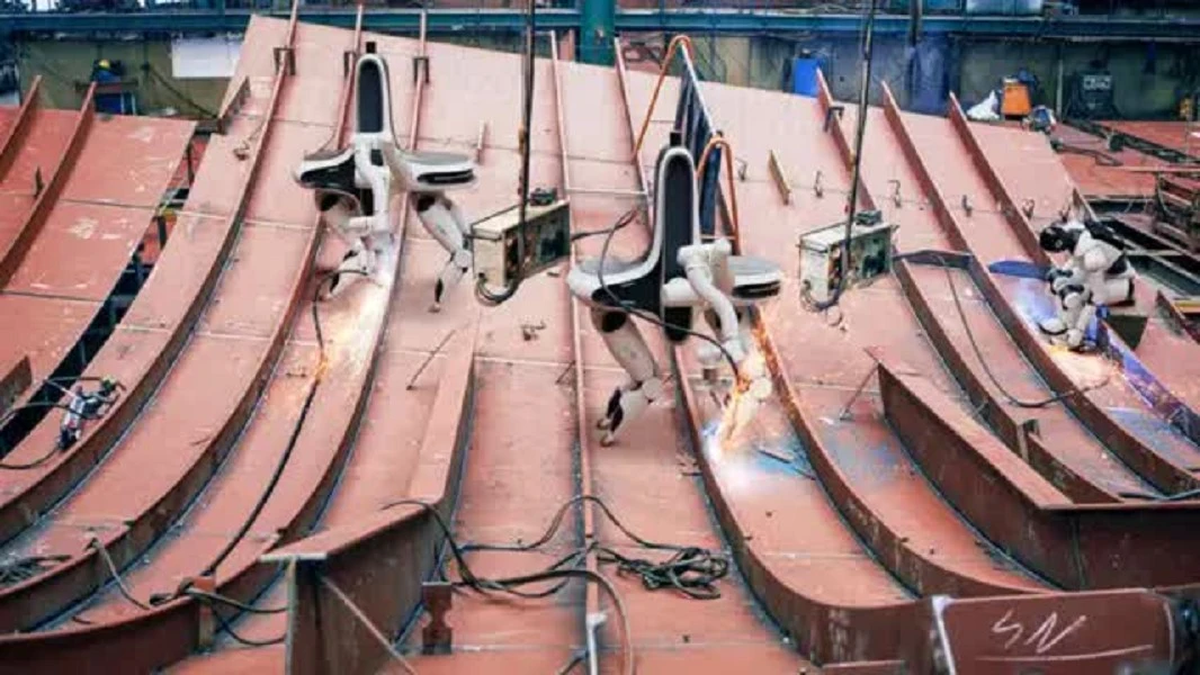
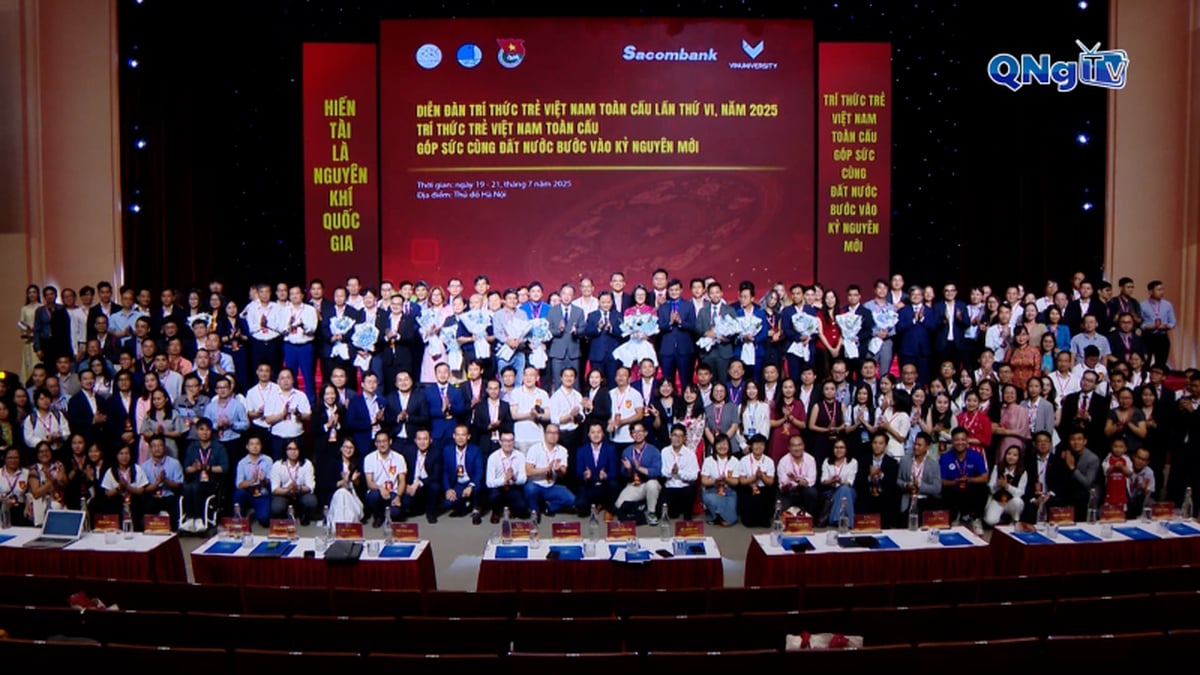
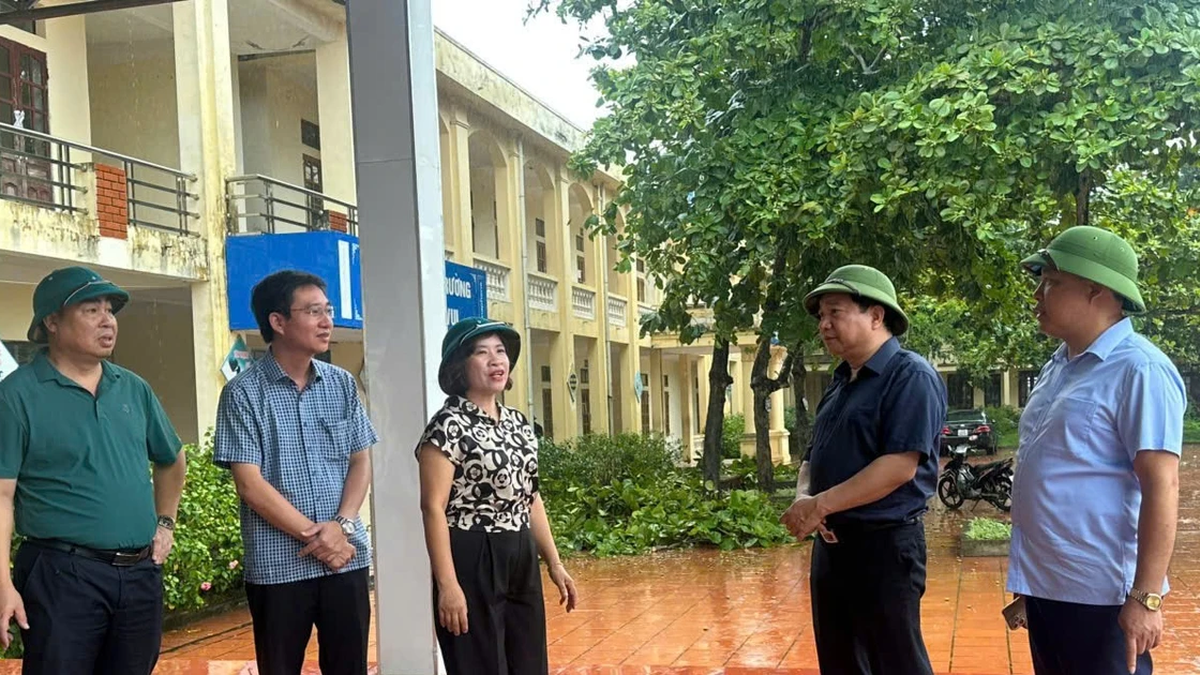

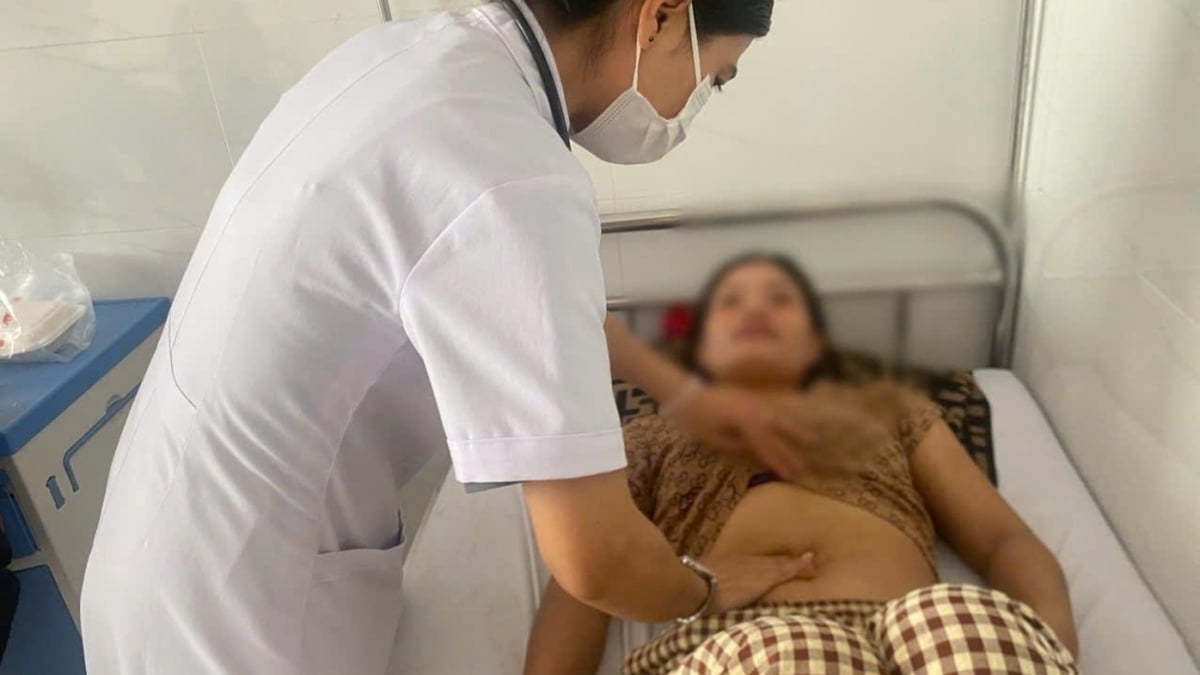
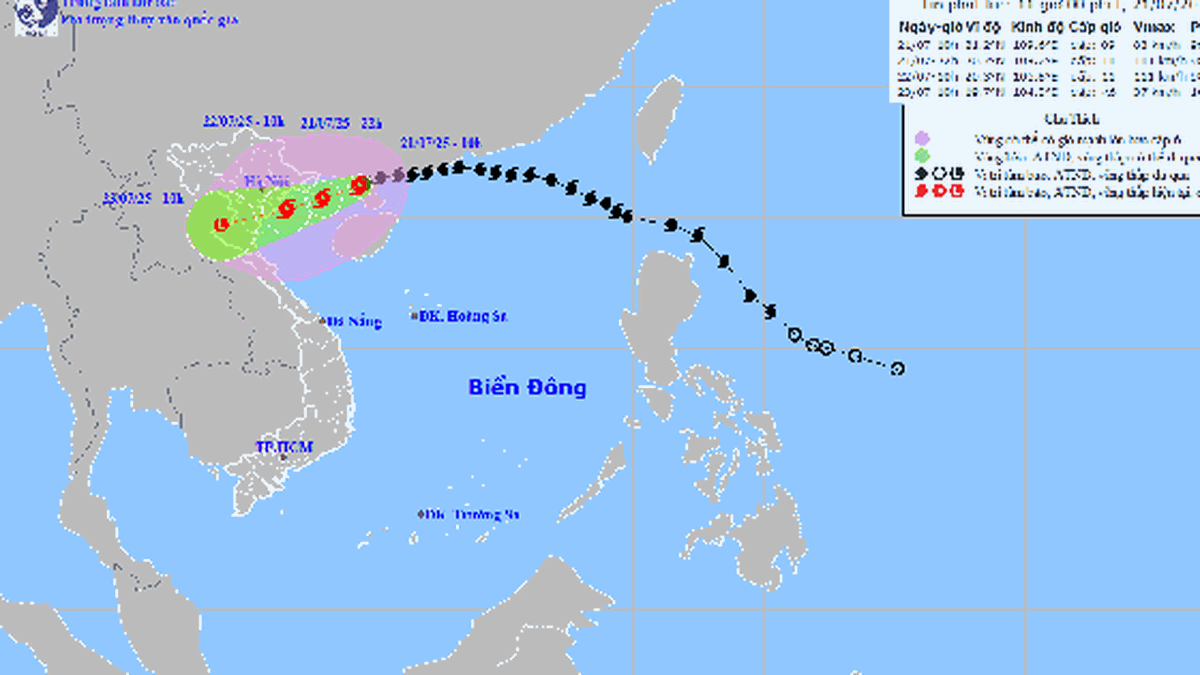


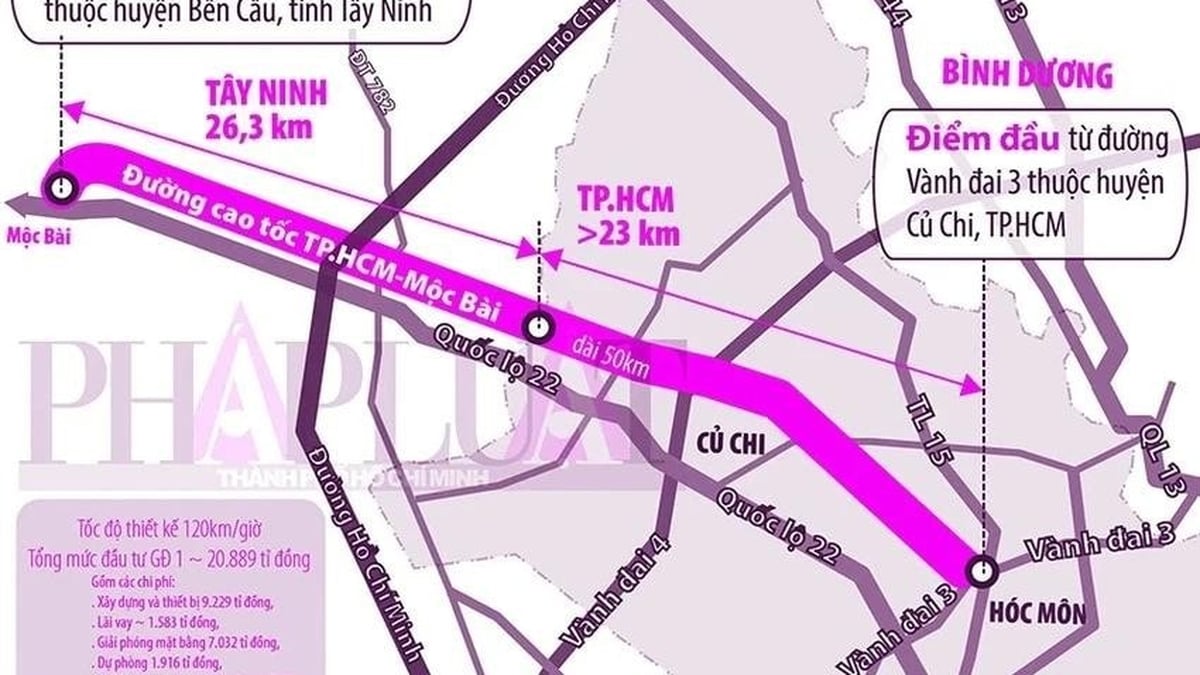















![[Photo] National Assembly Chairman Tran Thanh Man visits Vietnamese Heroic Mother Ta Thi Tran](https://vphoto.vietnam.vn/thumb/1200x675/vietnam/resource/IMAGE/2025/7/20/765c0bd057dd44ad83ab89fe0255b783)

































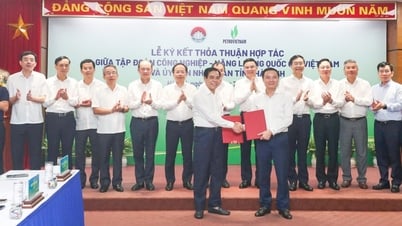





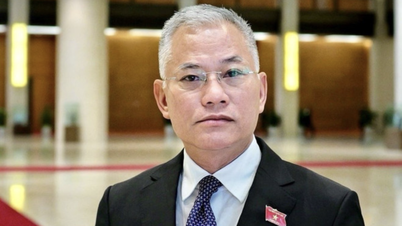

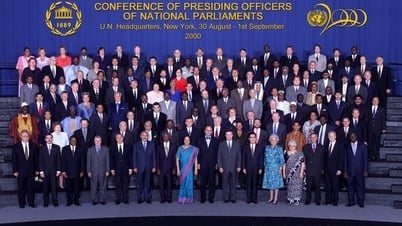



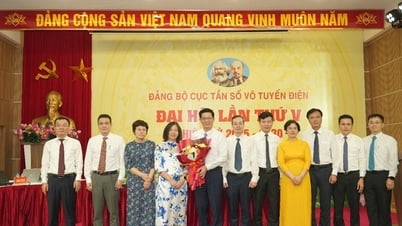



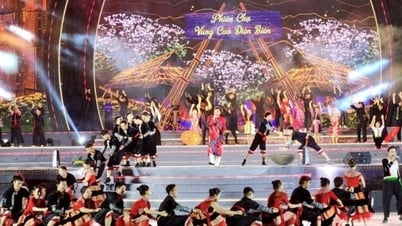





















Comment (0)